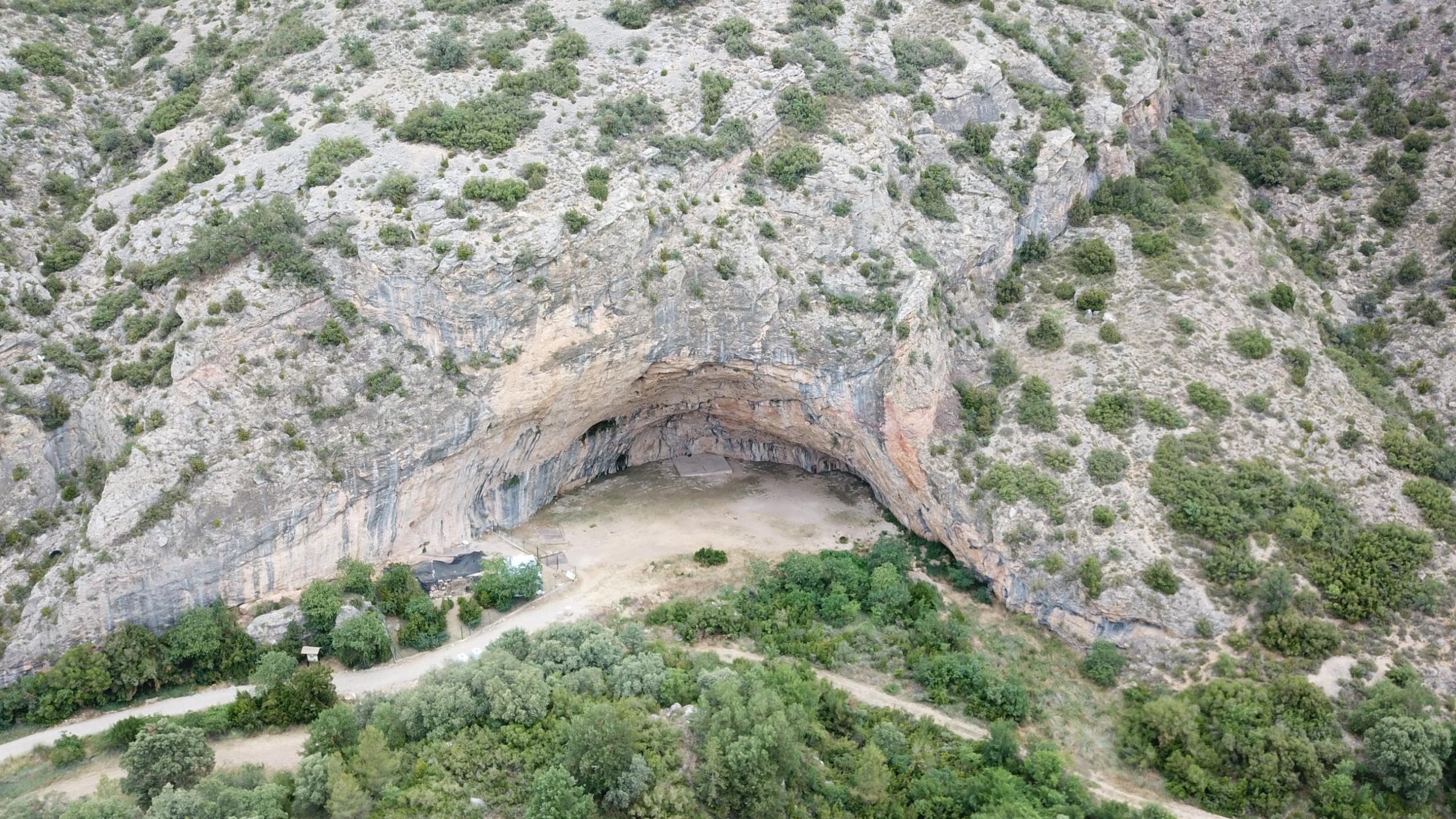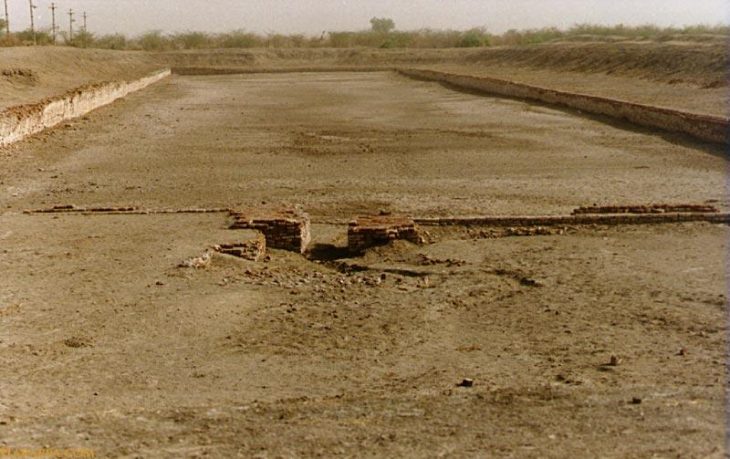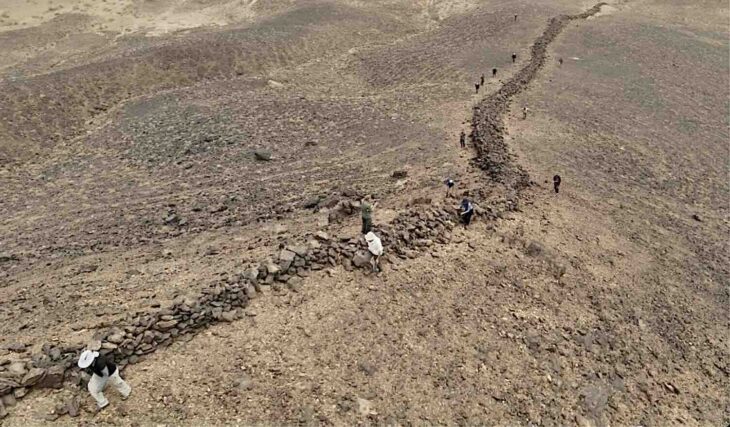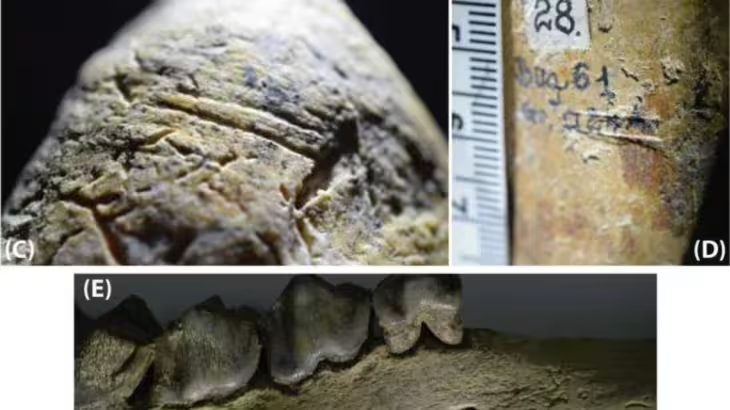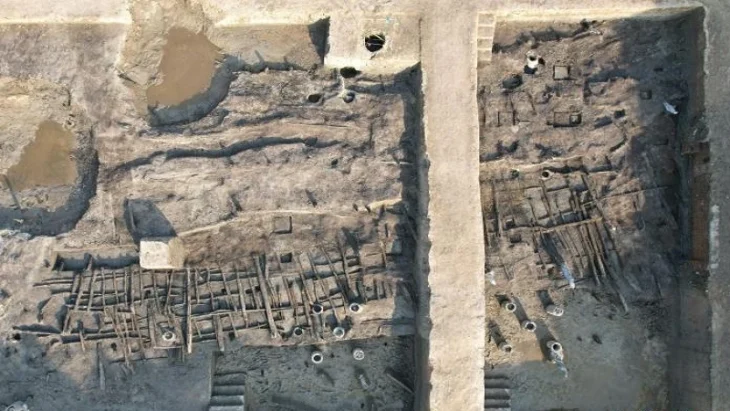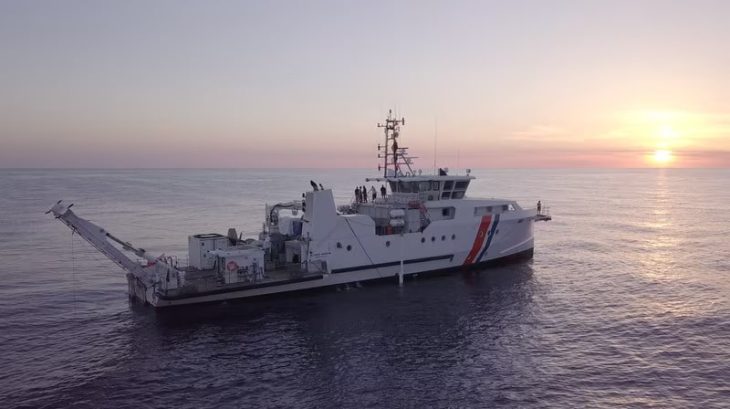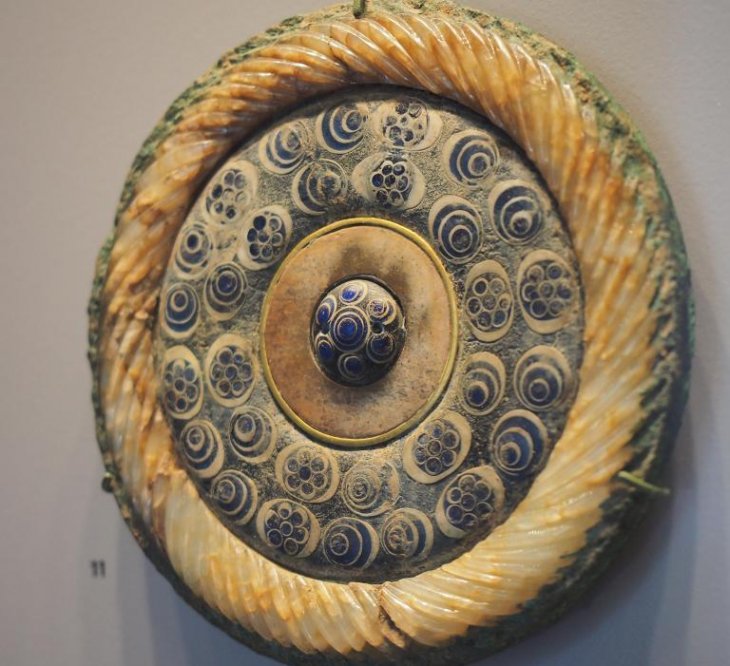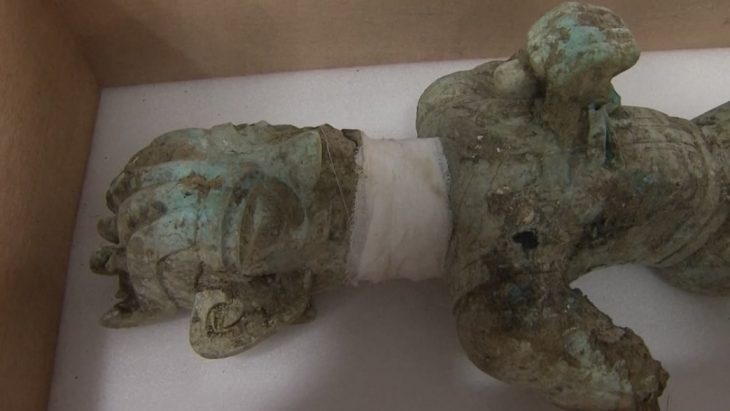Archaeologists have discovered the bones of a lady who lived 14,000 years ago, the earliest traces of a modern burial at the historically significant Cova Gran de Santa Linya site in Spain, which has previously yielded evidence of the last Neanderthals and the first modern humans.
Cova Gran retains preserves innumerable buried traces of the sediments that comprise it, allowing researchers to recreate the history of the populations that lived in the Pre-Pyrenees of Lleida during the previous 50,000 years, from Neanderthals and the first Homo sapiens to the earliest farmers.
The team of researchers from the Archaeological Heritage Center at the Universitat Autonoma de Barcelona (CEPARQ-UAB) and the CENIEH, who have been studying Cova Gran since its discovery in 2002, had previously discovered material records dating from 45,000 to 4000 years ago. Despite this, no bone remains of the people who lived there had been discovered until the 2020 excavation campaign.
The pelvic girdle is from an adult woman, maybe a tiny one, who has been named “Linya, the La Noguera woman,” according to the initial paleoanthropological categorization of all the bones discovered, which was released this week.
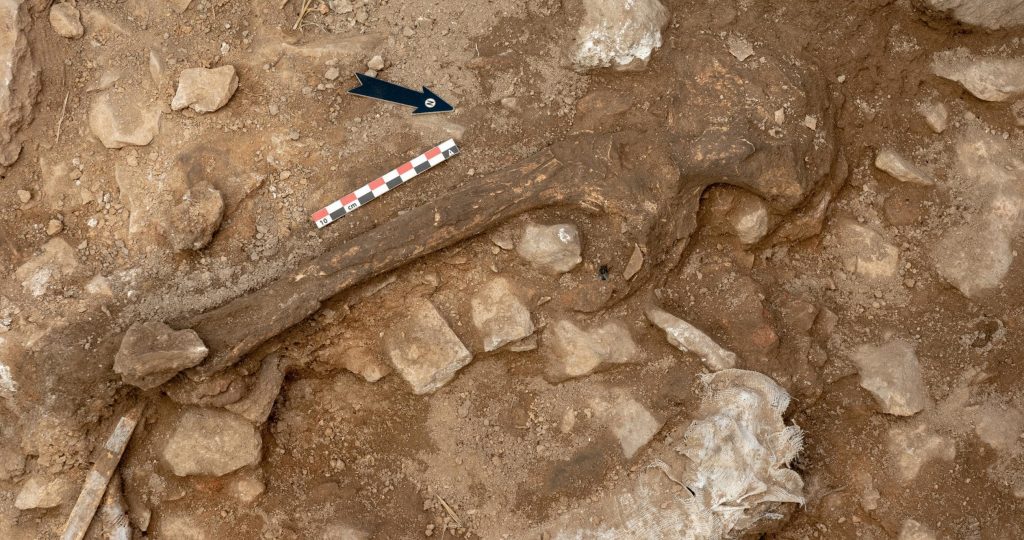
Two femurs, one of which is still connected to the pelvis, as well as long bones from the upper (humerus, radius/ulna) and lower limbs (tibia and fibula), as well as scattered metapodials and phalanges, are among the remains. Although present, the skull and axial skeleton (vertebrae and ribs) are poorly represented.
In a statement, Alfonso Benito Calvo of the Centro Nacional de Investigación Sobre la Evolución Humana (CENIEH) said, ‘We recovered bone remains which definitely belonged to a human skeleton, and still partly connected, two meters below the ground of a side area of the excavation,’ he said.
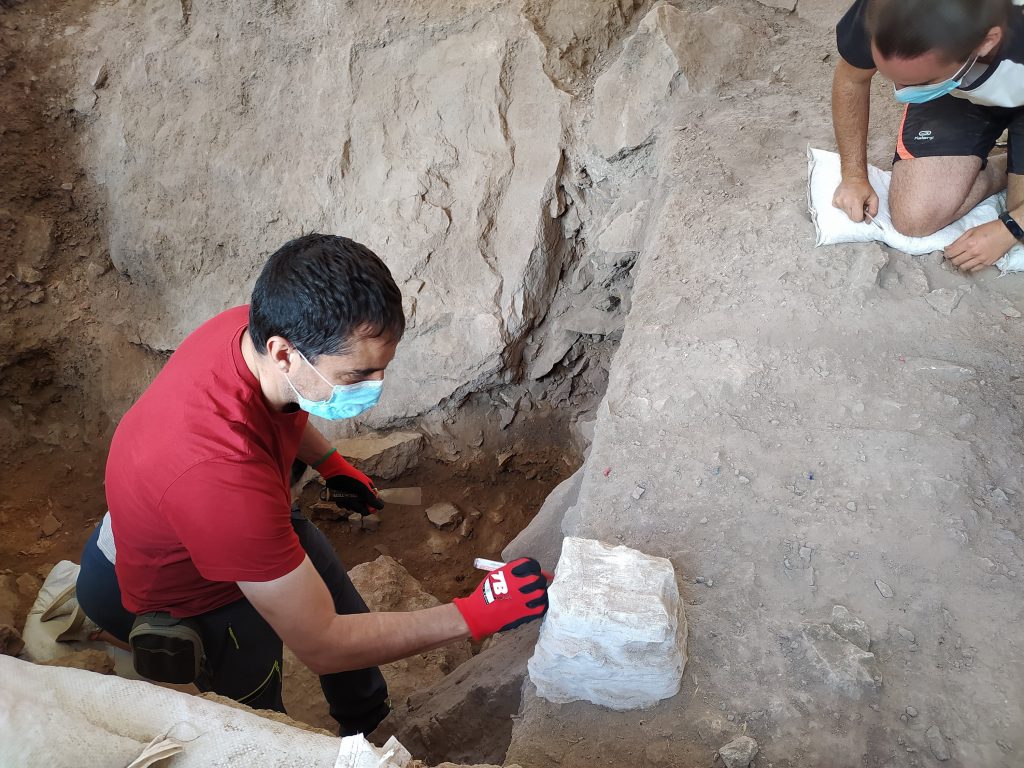
Alfonso Benito Calvo says, ” A location that didn’t presage the appearance of this kind of remains”
Several huge blocks had fallen from the cave’s roof, and the bones were discovered there. Linya’s bones were discovered laying horizontally in the supine posture, with her skull and body facing up.
The Cova Gran de Santa Linya site spans more than 2,500 square miles and is one of the so-called ‘transition’ locations where evidence of the last Neanderthals, 45,000 years ago, and the earliest modern humans, 37,000 to 30,000 years ago.
Experts believe the Cova Gran de Santa Linya site to be “Key” to the study of human presence in the northern Iberian Peninsula.
Previous evidence of the Last Glacial Maximum, which occurred between 20,000 and 15,000 years ago, has also been discovered by archaeologists here. The site has also uncovered evidence of the first farmers, who lived between 7,000 and 4,000 years ago.

